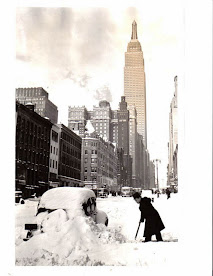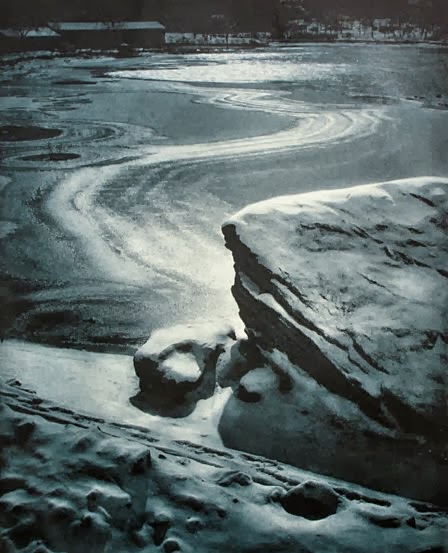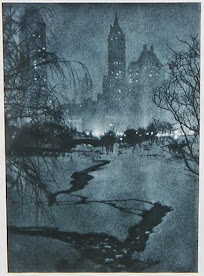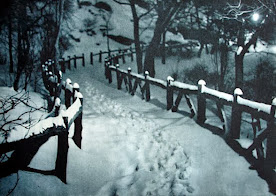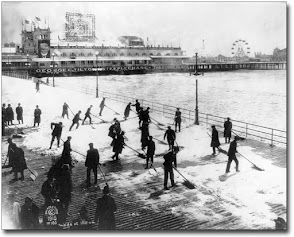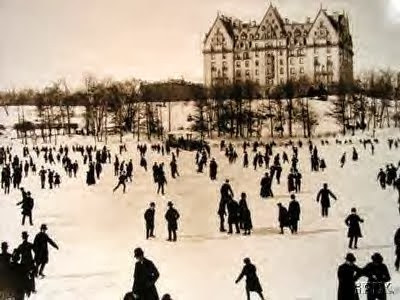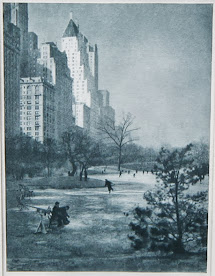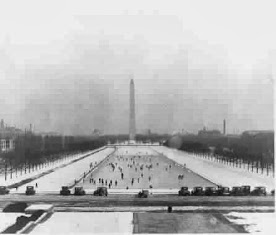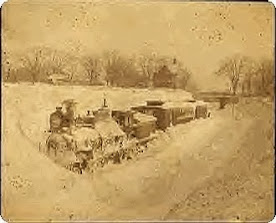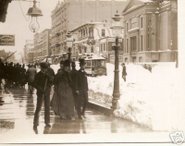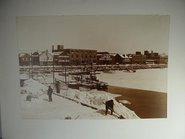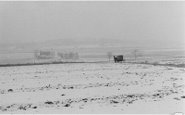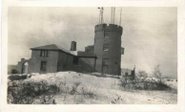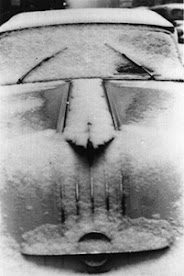Winter '18 / '19 - Sudden Stratospheric Warming: Watch #1 - UPDATE 2
Brief ... less dramatic stratospheric warming at 30 mb on 20-DEC-18 has faded only to be replaced by a much larger ... stronger ... and very well modeled event with its sprawling center over the northern Asia continent.
Contour interval: 5 °C.
PINK and light BLUE shadings indicate warming and cooling, respectively.
RED shading denotes warming for values higher than 25 °C.
Image courtesy: Tokyo Climate Center, Climate Prediction Division
Note the sharp on-going increase in temperature (far right) and the previous SSW events during FEB-18 (center) and FEB-17 and again in MAR-17 (far left).
Image courtesy: CPC Stratosphere's Global Temperature Time Series
Figure 3. Latitude-height cross section of zonal mean temperature
Note the descending bulge of warm temperatures in bottom row as the current SSW event unfolds
Image courtesy: Tokyo Climate Center, Climate Prediction Division
Figure 4. Latitude-height cross section of zonal mean wind
Note the descending blue region in last panel as the easterly wind (negative values flow into the board) begins to disrupt the polar vortex.
Image courtesy: Tokyo Climate Center, Climate Prediction Division
Figure 5. 240-hr 10 mb zonal wind forecast
Note the PV split (sister vortices) over NE Europe and NE North America
Once the circulations work their way to the surface ... they're expected to bleed a mother lode of numbing Arctic air into the Upper Midwest and ooze its way deep into the southern tier of states. Arctic boundary likely to drape along the eastern seaboard providing favorable baroclinic conditions for coastal cyclogenesis.
Image courtesy: Freie Universität Berlin Institute for Meteorology - Stratospheric Diagnostics


























































